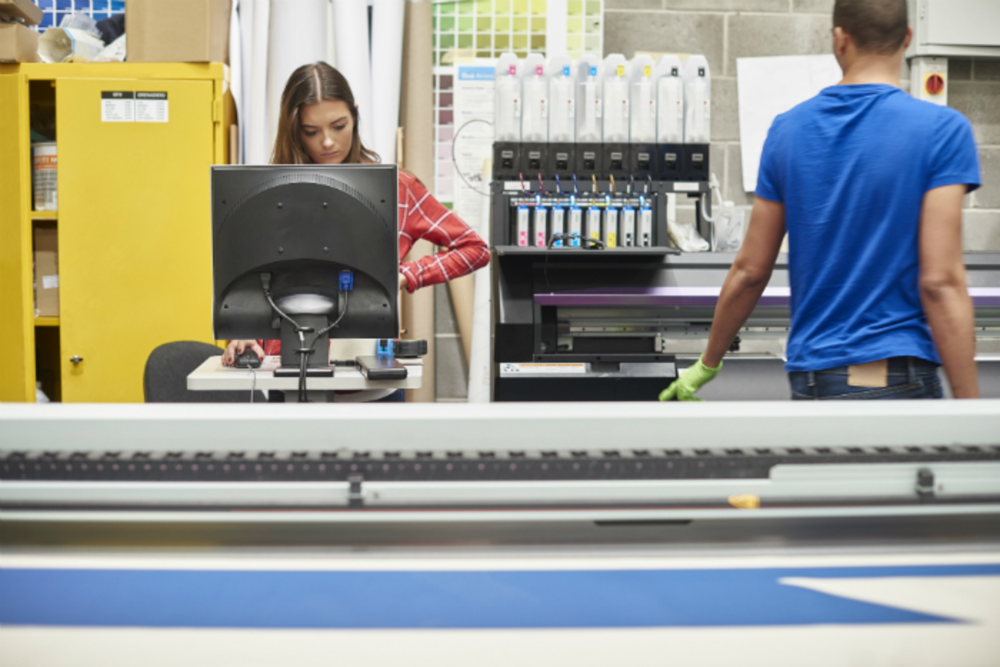Direct marketing has a long and storied history as a powerful channel for ROI, as well as for its ability to reach audiences with minimal invasiveness. But despite its many enduring strengths, the channel hasn’t been as prevalent in modern marketing campaigns. However, the “fall” and ultimate viability of direct mail as a marketing channel has been a popular topic in recent years. What’s less often discussed though is the progress digital direct has made during the same time frame.
So what is digital direct mail? Very similar to regular direct mail, in fact, but notably different in workflow and process.
“Digital direct today is producing a direct mail communication that does not use offset printing in creating the targeted message. It uses a digital capability that puts the marketing message in that communication,” says EVP of E1 Digital Direct Jay Garner.
This may be simply stated, but the implications are massive for direct marketers.
Traditionally, direct mail campaign materials are created by massive offset printers using lithographic techniques. The mail is is inked with the marketing message, then sent to another machine for personalization (name, address, etc.). This two step process added a bit of complexity to the workflow, but digital direct removed that.
“That whole front end is eliminated now. There’s no need to put ink lithographically on the paper because the digital printers are able to create all of it at once,” Garner says.
There are many technical details involved in this process, but in short, this streamlined digital printing has revolutionized direct mail. Printers require less and smaller equipment, which saves costs, even if the digital machines can be expensive. Still, marketers are able to achieve much deeper personalization at scale, and reduce waste through digital direct.
“You’re creating the form and are able to personalize it at the same time, so you only use the paper necessary to do that.” Garner says. “Marketers can respond very quickly to fluctuations in the marketplace as well due to the increased speed of digital printers.”
As powerful as digital direct is though, it’s important to understand that it doesn’t work for every brand equally. It’s not even really meant to replace traditional printing at all, in fact.
“There are campaigns that require 30 million pieces a week. This digital model doesn’t fit well with those quantities. It fits with 500,000 to 5 million piece campaigns. Digital Direct Mail is not designed to replace traditional [mail] for large scale,” Garner says. “What it does is provide a vehicle to move a campaign into a digital process that couldn’t be done before because it was cost prohibitive.”
This isn’t to say digital direct isn’t disruptive though. The technology isn’t exactly new, but it’s implementation presents a great opportunity to marketers who maybe haven’t invested much time or money into direct mail in today’s digital world.
“It’s not the tech that’s disruptive, it’s the innovation around using the resources properly that makes it disruptive. Its disruptive to the old traditional digital direct mail, and its disruptive to the traditional offset printing,” Garner says. “There is a disruptive element. It’s just based on how you harness that innovation at a good price point.”







